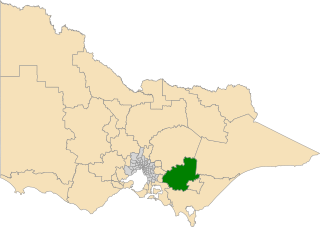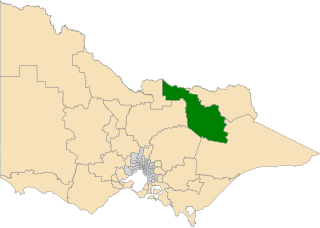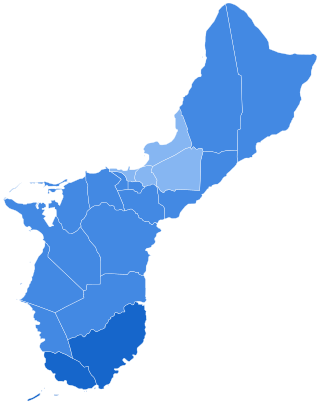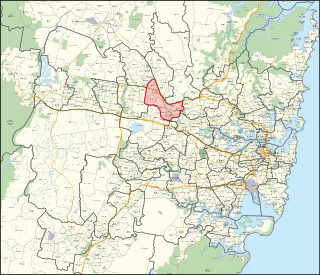 |
|---|
|
Bonaire holds elections for the island council and the electoral colleges for the Senate.
 |
|---|
|
Bonaire holds elections for the island council and the electoral colleges for the Senate.

In the United States, the Electoral College is the group of presidential electors that is formed every four years for the sole purpose of voting for the president and vice president. The process is described in Article II of the U.S. Constitution. Each state appoints electors using legal procedures determined by its legislature, equal in number to its congressional delegation totaling 535 electors. A 1961 amendment granted the federal District of Columbia three electors. Of the current 538 electors, a simple majority of 270 or more electoral votes is required to elect the president and vice president. If no candidate achieves a majority there, a contingent election is held by the House of Representatives to elect the president and by the Senate to elect the vice president. Federal office holders, including senators and representatives, cannot be electors.

The Northern Marianas elect a governor and a legislature. The governor is elected for four-year term by the people. The Northern Mariana Islands Commonwealth Legislature has two chambers. The House of Representatives has 20 members, elected for a two-year term in single-seat constituencies. The Senate has 9 members, elected for a two-year term in single-seat constituencies. The Northern Marianas has a multi-party system, with two or three strong parties and a third party that is electorally successful.

The electoral district of Benambra is one of the electoral districts of Victoria, Australia, for the Victorian Legislative Assembly. It covers an area of 10,037 square kilometres (3,875 sq mi) in north-eastern Victoria. The largest settlement is the city of Wodonga. Benambra also includes the towns of Baranduda, Barnawartha, Beechworth, Chiltern, Corryong, Eskdale, Kiewa, Mitta Mitta, Mount Beauty, Rutherglen, Tallangatta, Tangambalanga, Tawonga, Wahgunyah, and Yackandandah. It lies in the Northern Victoria Region of the upper house, the Legislative Council.

The electoral district of Dandenong is an electoral district of the Victorian Legislative Assembly. It was first proclaimed in 1904 when the district of Dandenong and Berwick was abolished.

The electoral district of Narracan is an electoral district of the Victorian Legislative Assembly in Australia. It was first proclaimed in 1967 and has usually been held by the Liberal Party.
The Local Government Boundary Commission for England (LGBCE) is a parliamentary body established by statute to conduct boundary, electoral and structural reviews of local government areas in England. The LGBCE is independent of government and political parties, and is directly accountable to the Speaker's Committee of the House of Commons.
The Electoral district of Murray Valley was an electoral district of the Victorian Legislative Assembly.

The Electoral Affairs Commission (EAC) is the body, established under the Electoral Affairs Commission Ordinance, that oversees electoral matters in Hong Kong. Its main functions include considering or reviewing the boundaries of Legislative Council geographical constituencies and constituencies of the 18 District Councils for the purpose of making recommendations, and overseeing the conduct and supervision of elections and regulating the procedures at an election. It is also responsible for supervision of the registration of electors and the promotional activities relating to registration.

The electoral district of Lowan is a rural Victorian Legislative Assembly electoral district of the Victorian Parliament. It is located within the Western Victoria Region of the Legislative Council. It was initially created by the Electoral Act Amendment Act 1888, taking effect at the 1889 elections. It is the state’s biggest electorate by area, covering about 41,858 km².
Electoral district of Moonee Ponds was an electoral district of the Legislative Assembly in the Australian state of Victoria.

Lower Silesian and Opole is a constituency of the European Parliament. It consists of the Lower Silesian Voivodeship and Opole Voivodeship.
Charlotte West was a provincial electoral district for the Legislative Assembly of New Brunswick, Canada; it existed from 1974 to 1995.

The election of the president and the vice president of the United States is an indirect election in which citizens of the United States who are registered to vote in one of the fifty U.S. states or in Washington, D.C., cast ballots not directly for those offices, but instead for members of the Electoral College. These electors then cast direct votes, known as electoral votes, for president, and for vice president. The candidate who receives an absolute majority of electoral votes is then elected to that office. If no candidate receives an absolute majority of the votes for president, the House of Representatives elects the president; likewise if no one receives an absolute majority of the votes for vice president, then the Senate elects the vice president.
Dieter Nohlen is a German academic and political scientist. He currently holds the position of Emeritus Professor of Political Science in the Faculty of Economic and Social Sciences of the University of Heidelberg. An expert on electoral systems and political development, he has published several books.

The electoral district of Buninyong was an electoral district of the Victorian Legislative Assembly in Australia. It was created in the redistribution of electoral boundaries in 2013, and came into effect at the 2014 state election.

The electoral district of Keysborough was an electoral district of the Victorian Legislative Assembly in Australia. It was created in the redistribution of electoral boundaries in 2013, and came into effect at the 2014 state election.

The electoral district of Ovens Valley is an electoral district of the Victorian Legislative Assembly in Australia. It was created in the redistribution of electoral boundaries in 2013, and came into effect at the 2014 state election.

The 1808 United States presidential election in New York took place between November 4 and December 7, 1808, as part of the 1808 United States presidential election. The state legislature chose 19 representatives, or electors to the Electoral College, who voted for President and Vice President.

The 2008 United States presidential straw poll in Guam was held on November 4, 2008. Guam is a territory and not a state. Thus, it is ineligible to elect members of the Electoral College, who would then in turn cast direct electoral votes for president and for vice president. To draw attention to this fact, the territory conducts a non-binding presidential straw poll during the general election as if they did elect members to the Electoral College.

Winston Hills is an electoral district of the Legislative Assembly in the Australian state of New South Wales. It is represented by Mark Taylor of the Liberal Party. It is an urban electorate in Western Sydney.